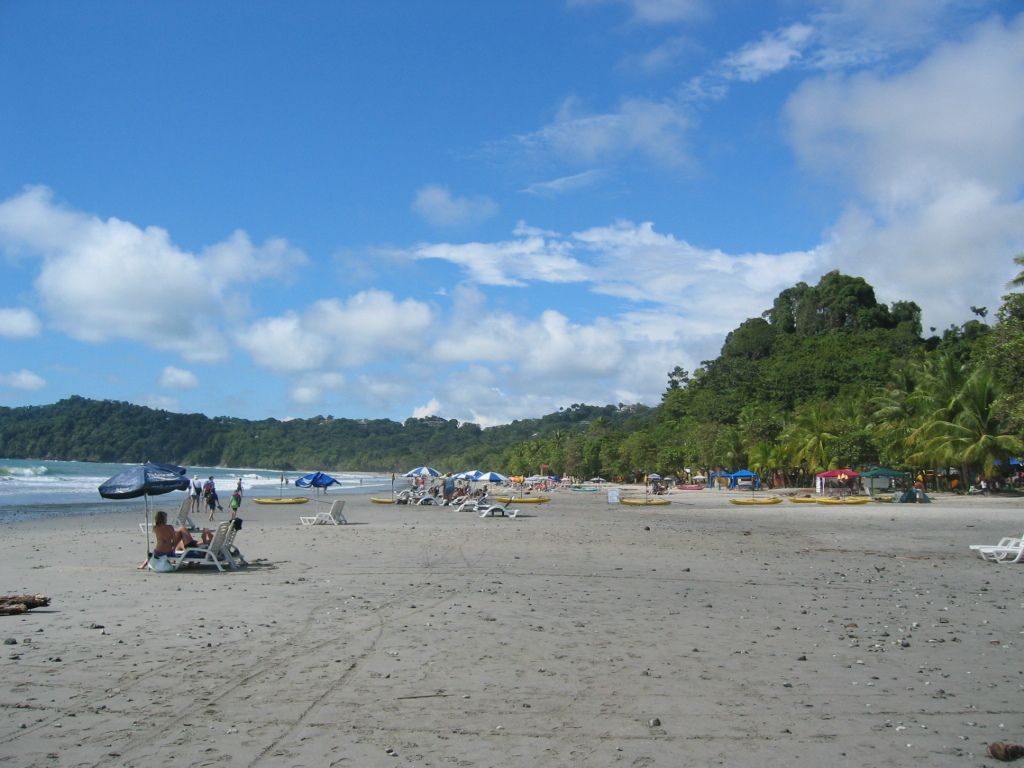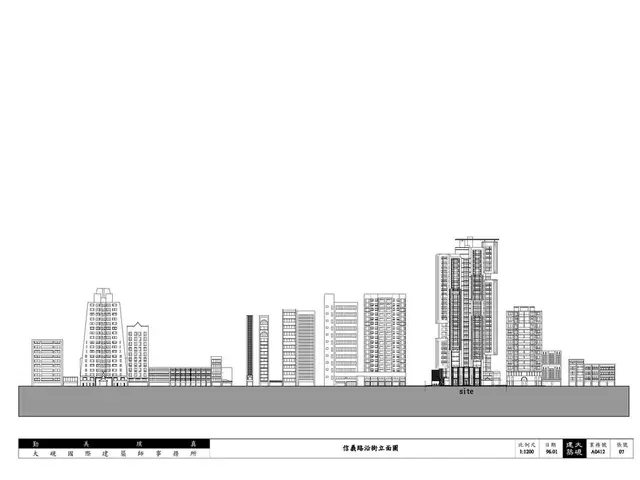5 Types of Storm Clouds For Disaster Preparedness
Five Cloud Formations Indicating Harsh Weather Conditions
Hey there! Storm clouds can be scary, but knowing what they mean can help you stay safe and stay ahead of severe weather. Here's a breakdown of the five types of storm clouds that signal trouble – let's dive in!
What Exactly Are Storm Clouds?
Storm clouds are a result of air that becomes unstable and rises rapidly, causing water vapors to condense into clouds. These clouds can lead to circumstances like heavy rain, strong winds, and even tornadoes. Let's explore five types of these storm clouds that you should be on the lookout for.
Select Types of Storm Clouds Indicating Severe Weather
Cumulonimbus Clouds – The Giant Thunder Cloud
Among the most well-known of the storm clouds is the cumulonimbus cloud. These impressive structures can reach up to the stratosphere and are responsible for creating thunderstorms. They grow rapidly within unstable weather conditions and are characterized by their mammoth height, dark and ominous appearance.
When these clouds hit maturity, they can deliver heavy rain, hail, and even produce tornadoes. These mature cumulonimbus clouds are a clear indication of severe weather conditions, which may also bring lightning and hefty winds. If you spot these clouds forming, it's essential to find shelter immediately.
Nimbostratus Clouds – Persistent Precipitation Cloud
Nimbostratus clouds are thick, gray clouds covering the sky like a veil. Unlike cumulonimbus clouds, nimbostratus clouds do not produce severe thunderstorms but are typically associated with steady, light to moderate precipitation lasting over extended periods.
You can expect consistent rain from these clouds, and although they're not as severe as cumulonimbus clouds, they can cause flooding in certain areas due to prolonged rainfall.
Altostratus Clouds – Early Warning System
Altostratus clouds are a mid-level cloud layer with a gray or blue-gray appearance. These clouds often act as an alert that a storm is approaching. They can initiate light precipitation or snow, but not usually to the same intensity as other menacing storm clouds we've discussed. However, their presence often signals that more severe weather is on its way.
Keep an eye on the sky. Altostratus clouds might be the first ominous sign of a storm system, especially when followed by nimbostratus clouds.
Stratus Clouds – Pervasive Cloud Cover
Stratus clouds form at low altitudes, creating a constant cloud cover over the sky. These clouds usually bring drizzle or light snow, but they're not typically associated with severe storms. That said, their existence can also signal the arrival of more intense weather, especially if accompanied by the development of other storm clouds.
While stratus clouds themselves are not usually a sign of severe weather, they can hint at the approach of more challenging weather conditions, particularly when paired with other types of storm clouds.
Lenticular Clouds – The Wind Cloud
Lenticular clouds are elongated lens-shaped clouds that form above mountains or other geographical features. Though lenticular clouds don't seem like typical storm clouds, they can signify the presence of strong winds and swift weather changes.
These clouds often form when winds circulate moist air upward, resulting in cooler temperatures and cloud formation. Lenticular clouds are often associated with powerful winds and fast-paced weather shifts. Keep in mind that they can also bring thunderstorms or tornadoes when conditions allow.
If you encounter these clouds, be conscious of the potential for severe weather, particularly if you reside in mountainous regions.
Storm Protection – Our Committed Assistance
At our website, we are dedicated to helping you face all kinds of weather with confidence. Whether you're dealing with stormy conditions or everyday weather challenges, our team of specialists offers expert structural assessments, construction monitoring, damage claims, and reserve studies to ensure your building remains resilient and strong.
Stay safe and informed by embracing our knowledge, and let us assist you in making intelligent choices for your property's well-being. Reach out to us today to find out how we can help!
In the realm of environmental science, understanding various storm clouds can aid in preparing for severe weather. For instance, while studying construction projects, one should bear in mind the potential impact of cumulonimbus clouds, as they can cause tornadoes and heavy rain, posing a risk to construction sites.
Moreover, in the field of science, lenticular clouds are intriguing because they form above mountains due to strong winds, signaling the possibility of swift weather changes. This knowledge is crucial for environmental scientists working on geographical sites and potential construction zones, as these clouds may indicate the potential for tornadoes or severe weather.







